Signature Collection Select Fine China Japan bowl in the Petite Bouquet pattern: 7,483 ppm Lead [90 ppm is unsafe for kids.]
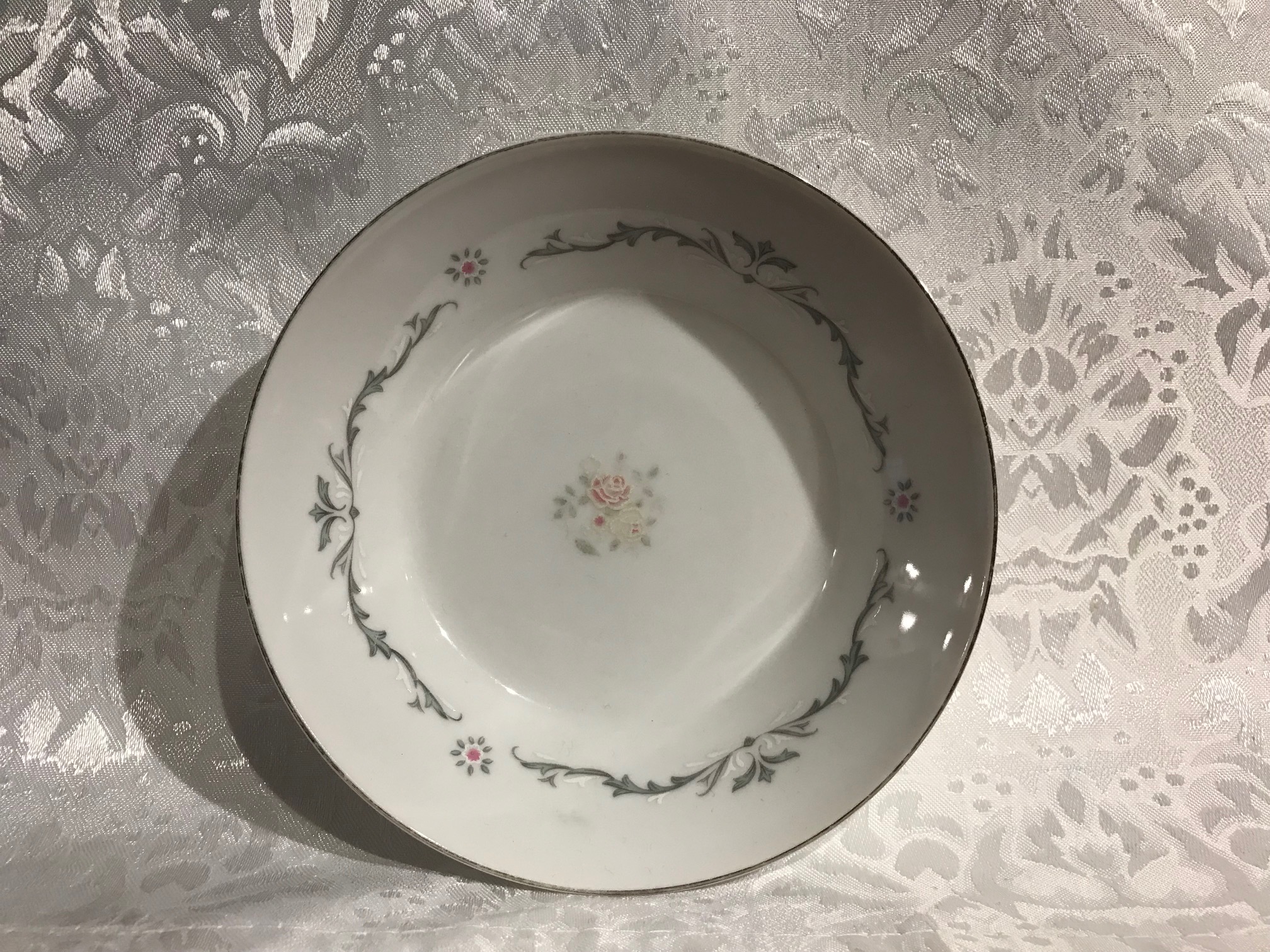
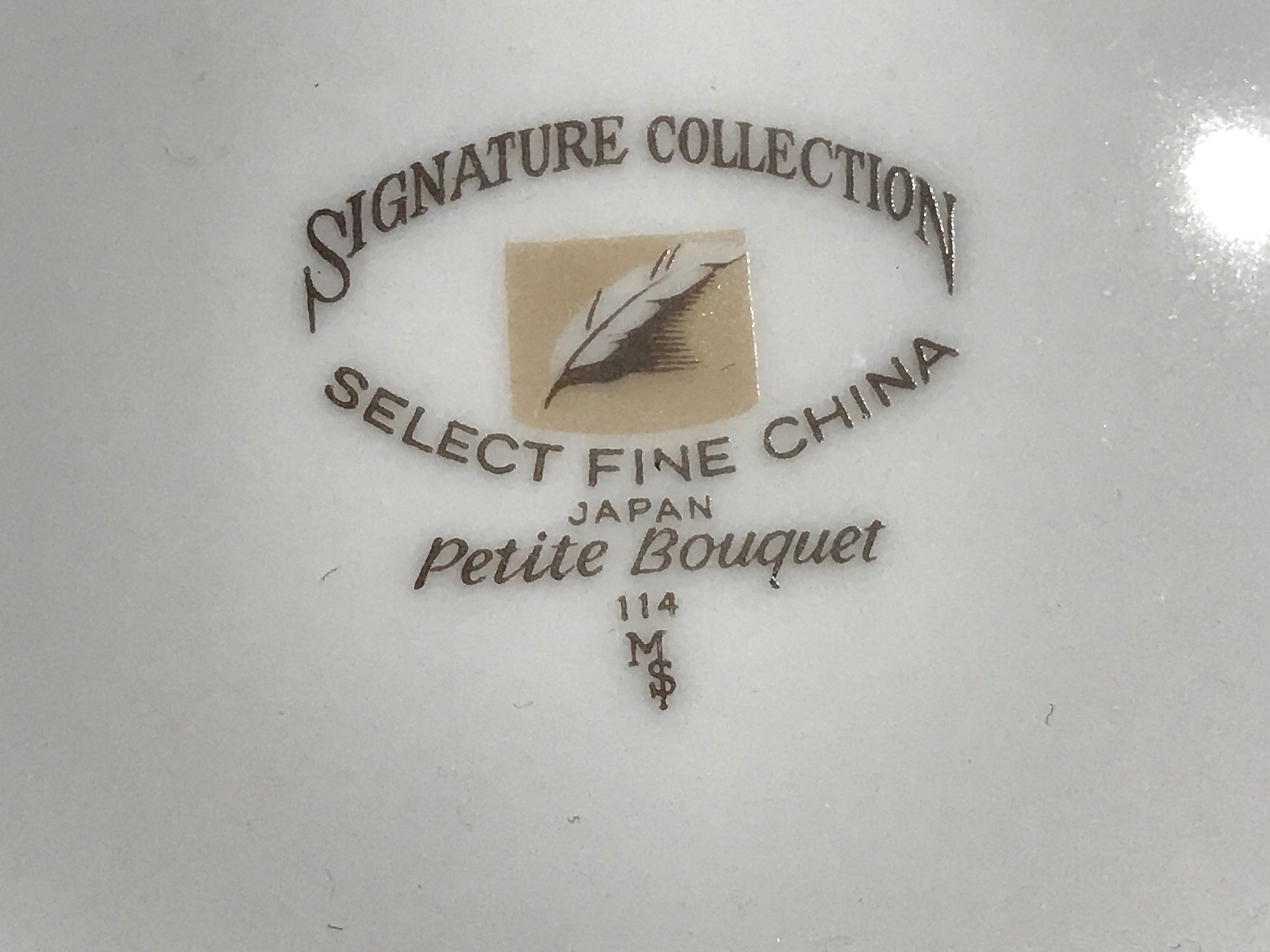
Flowers in center of food surface of dish:
- Lead (Pb): 3,706 +/- 107 ppm
- Tin (Sn): 43 +/- 15 ppm
- Zinc (Zn): 1,807 +/- 95 ppm
- Iron (Fe): 1,546 +/- 191 ppm
- Vanadium (V): 3,412 +/- 158 ppm
- Titanium (Ti): 438 +/- 57 ppm
- Platinum (Pt): 141 +/- 64 ppm
Plain white area of food surface of dish:
- Zinc (Zn): 1,657 +/- 83 ppm
- Iron (Fe): 1,368 +/- 168 ppm
- Bismuth (Bi): 24 +/- 10 ppm
- Vanadium (V): 103 +/- 21 ppm
- Titanium (Ti): 250 +/- 34 ppm
Vine trim on food surface of dish (green & white):
- Lead (Pb): 3,144 +/- 87 ppm
- Chromium (Cr): 190 +/- 75 ppm
- Zinc (Zn): 2,208 +/- 99 ppm
- Iron (Fe): 2,339 +/- 207 ppm
- Vanadium (V): 277 +/- 33 ppm
- Titanium (Ti): 241 +/- 38 ppm
- Cobalt (Co): 453 +/- 94 ppm
Logo area on back of dish (center of logo with feather):
- Lead (Pb): 7,483 +/- 186 ppm
- Zinc (Zn): 2,533 +/- 116 ppm
- Iron (Fe): 4,178 +/- 290 ppm
- Platinum (PT): 191 +/- 76 ppm
- Cobalt (Co): 381 +/- 108 ppm
This dish was tested for a minimum of 60-seconds on each component with each (repeated) test to make sure to report the most accurate possible reading.
I will update this post with more information shortly, but in the meantime – please read some of the other posts I have written about vintage dishware to better understand the test results reported on this website.
As always – thank you for reading and for sharing my posts.
Please let me know if you have any questions.
Tamara Rubin
#LeadSafeMama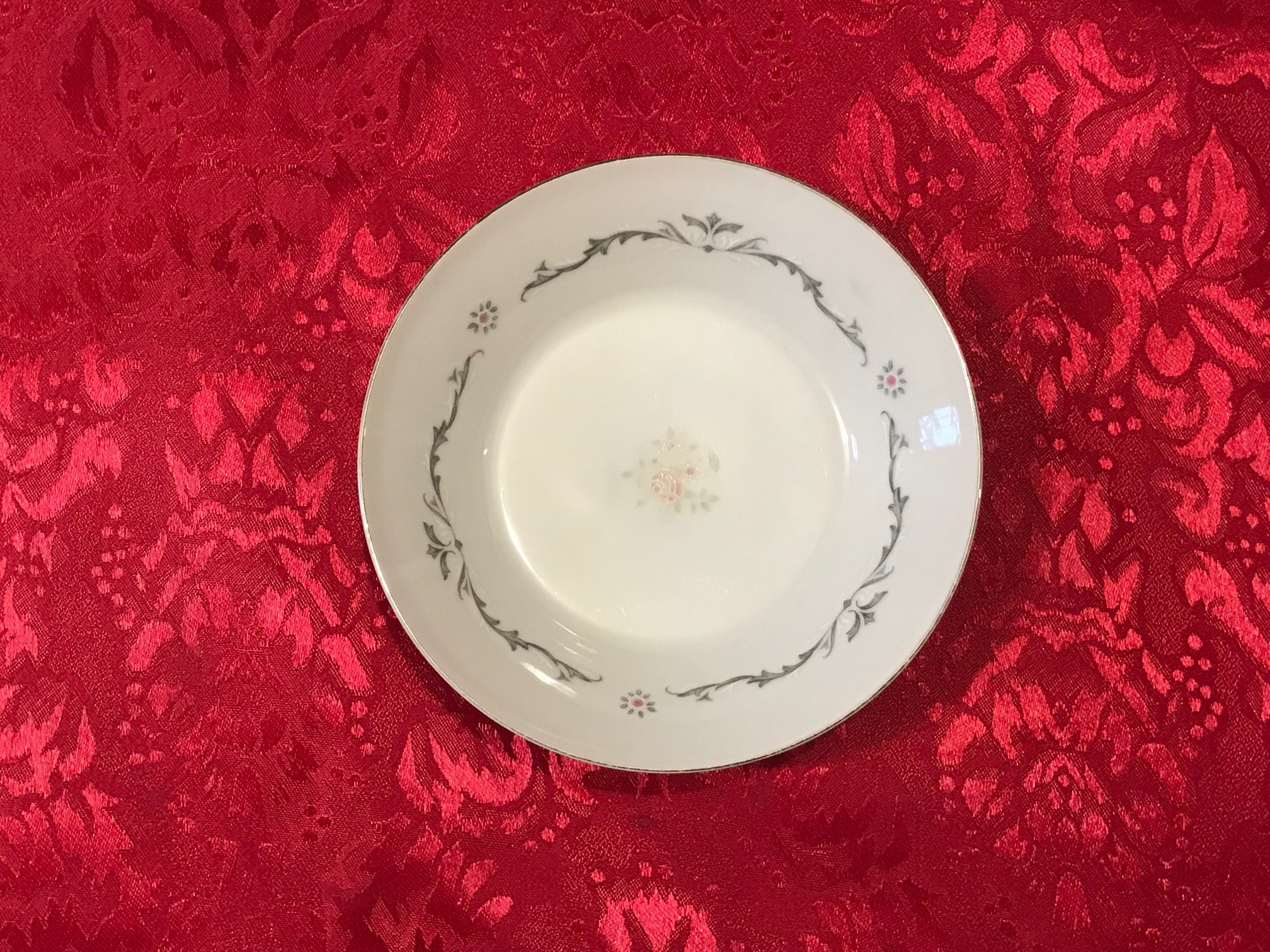
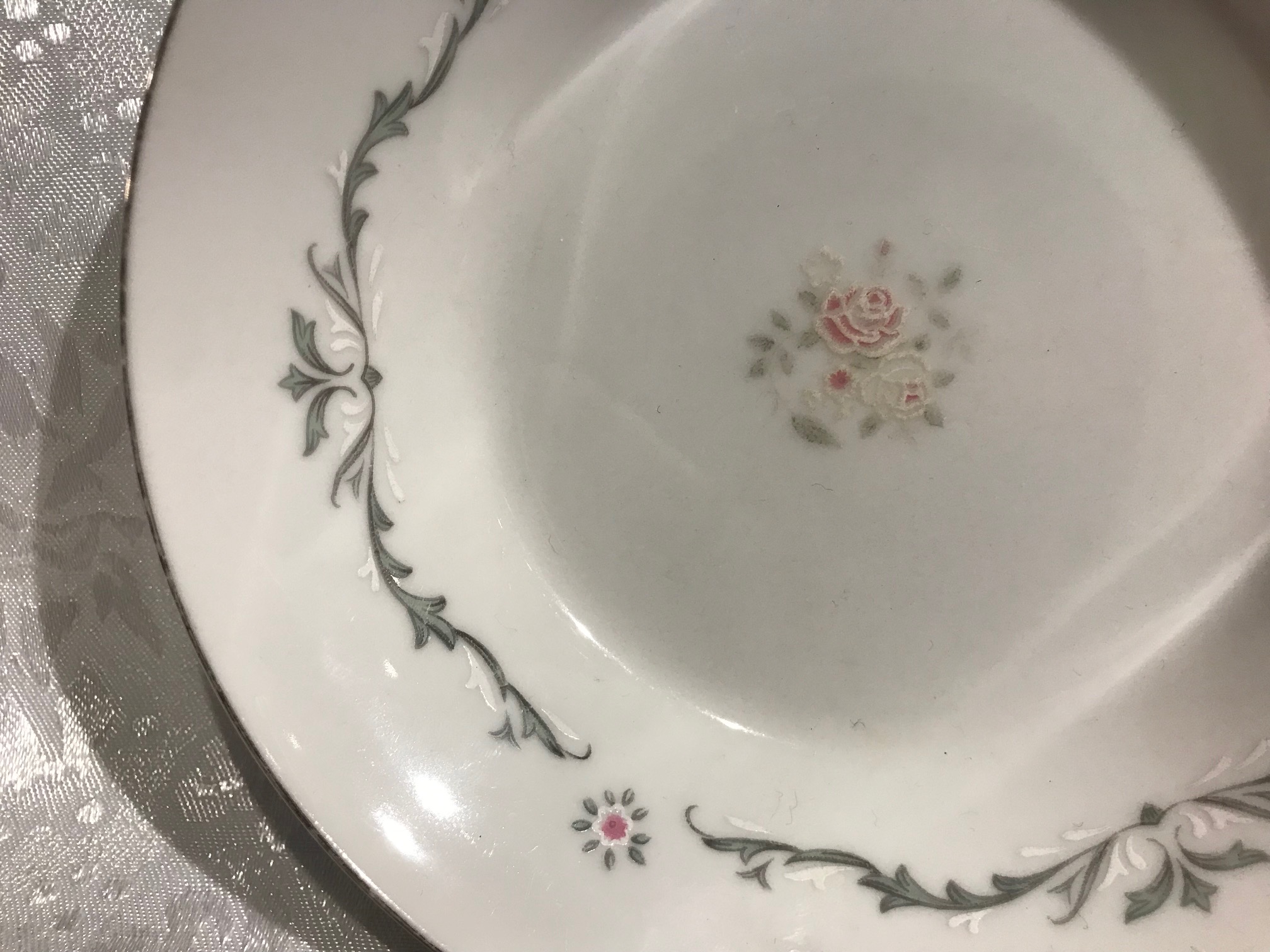
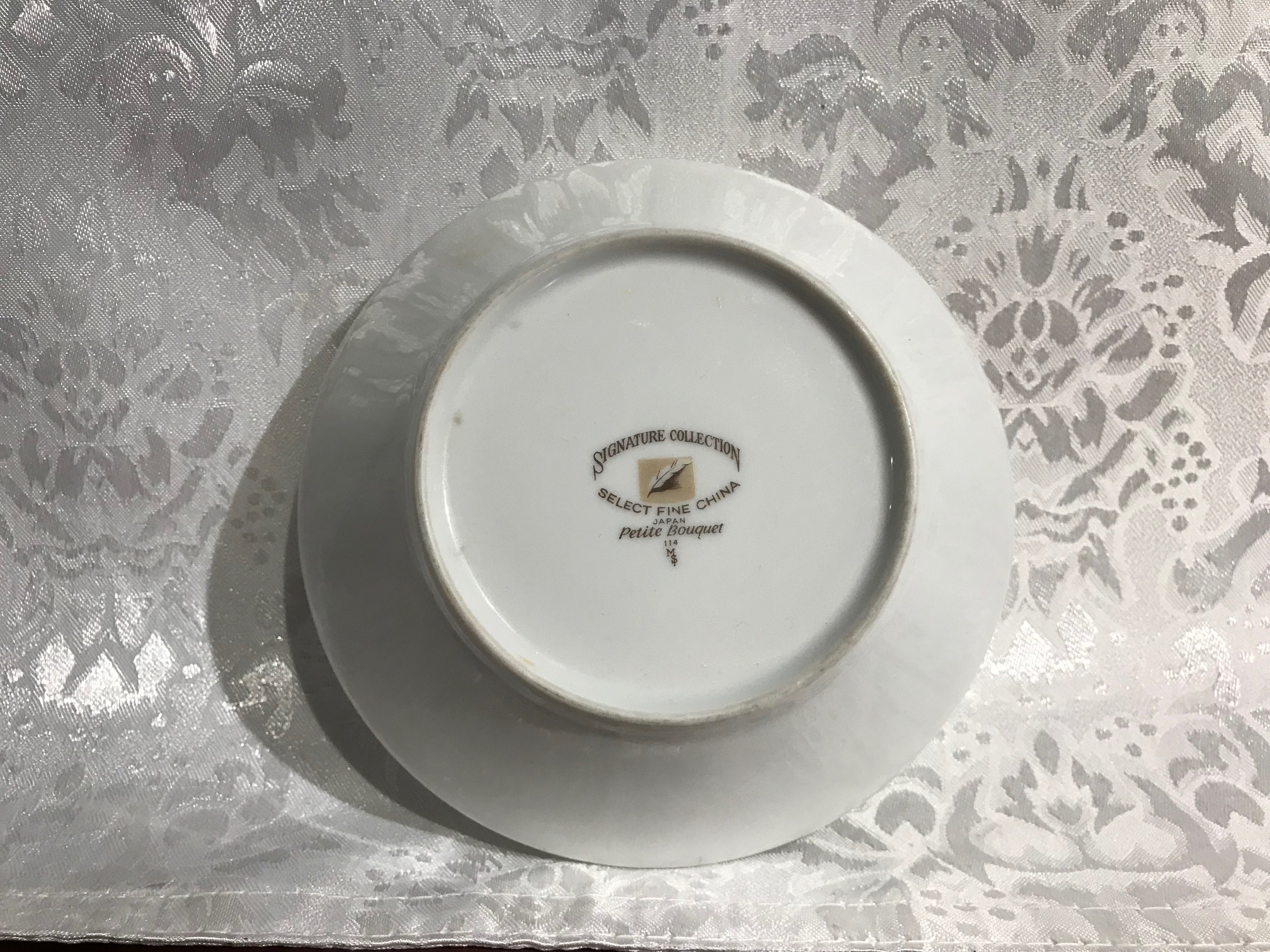
Never Miss an Important Article Again!
Join our Email List



Thank you so much for sharing this. My husband and I inherited a similar set from Signature Collection, and these lead test results were what finally convinced him to get rid of it. It’s been a long road to get enough hard and comparable data to persuade him (e.g., a set from the same manufacturer and of the same era, with levels of lead that he can see and not want around our house). This is the first but God willing not the last step in our dishware-swapping program.
Thank you for commenting! I am glad we had a similar example here to share with him!
T